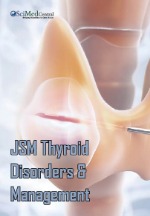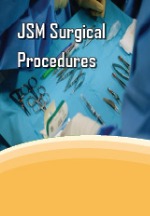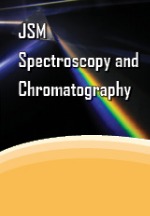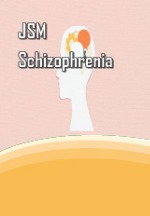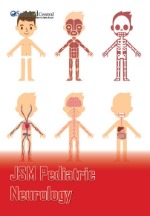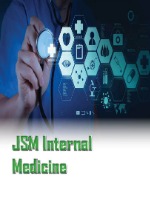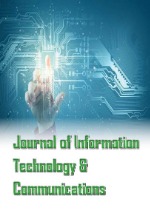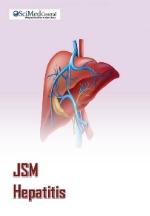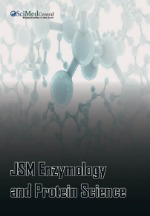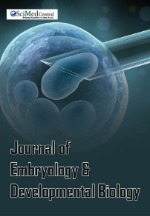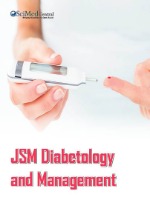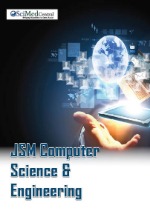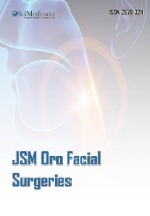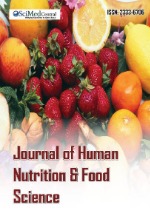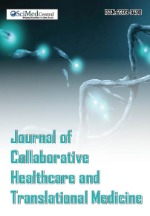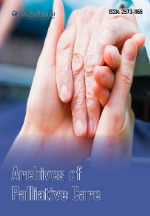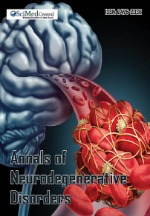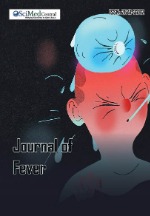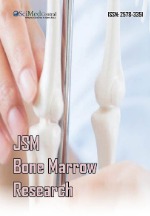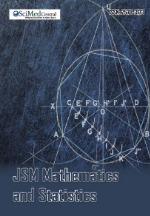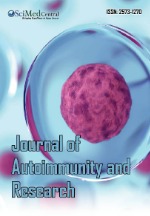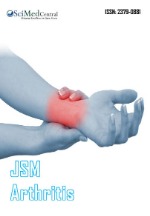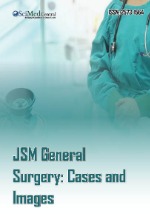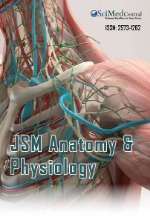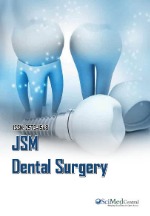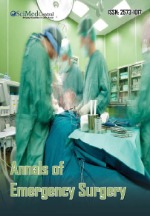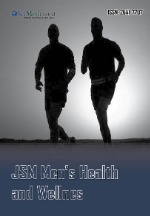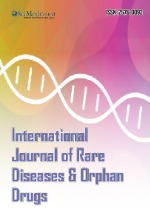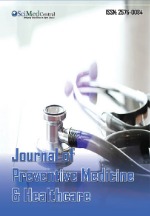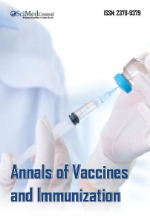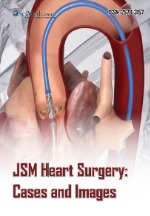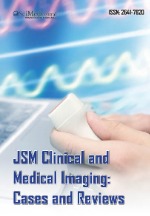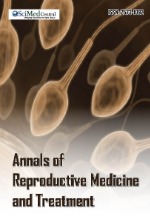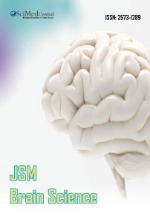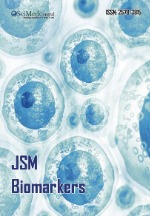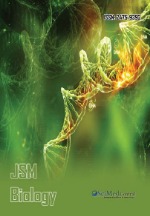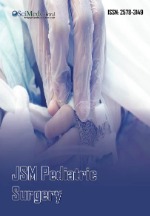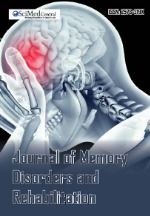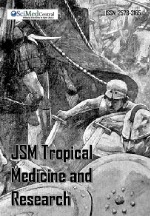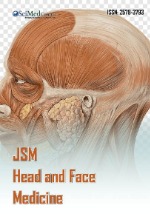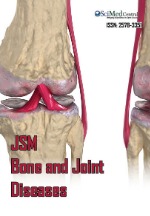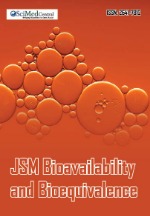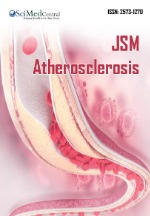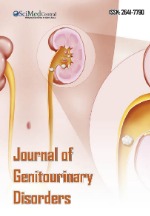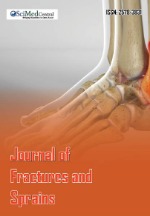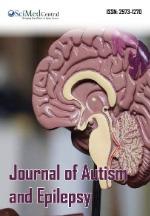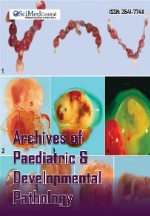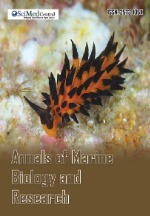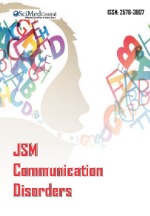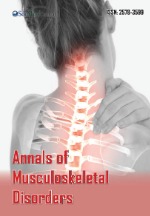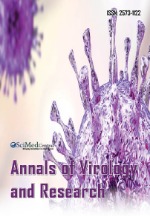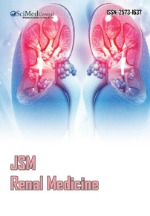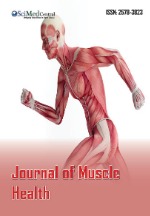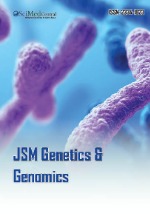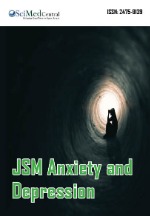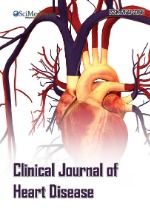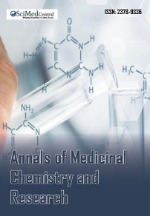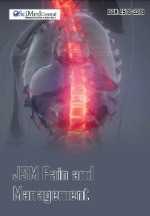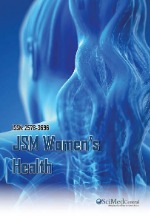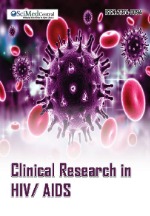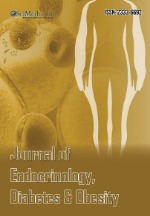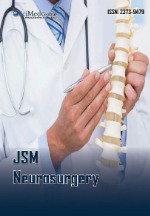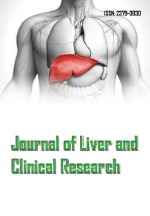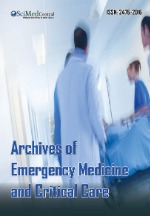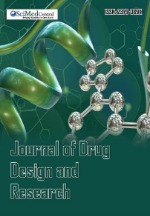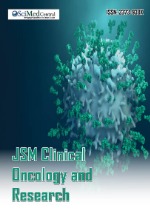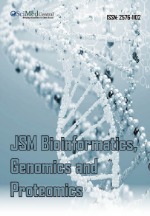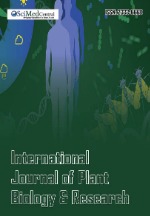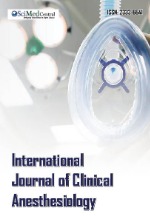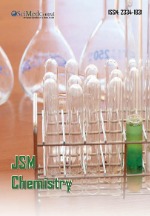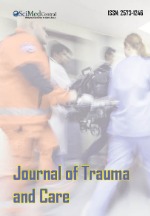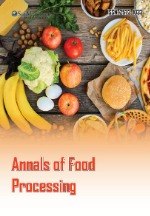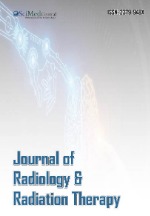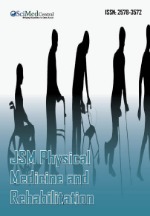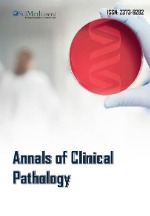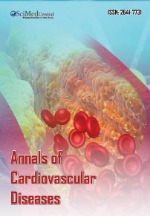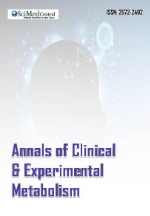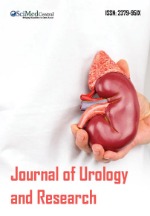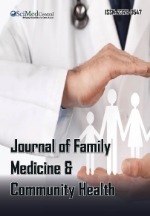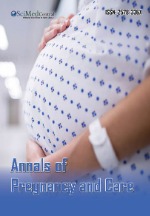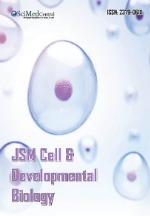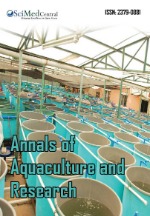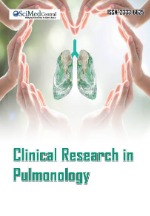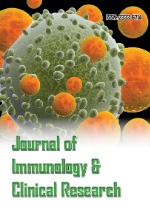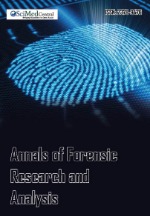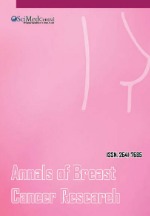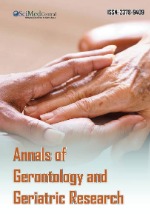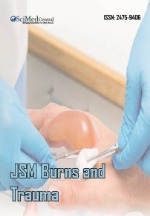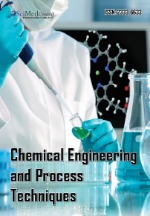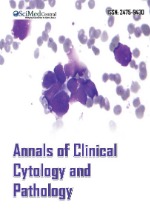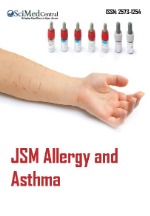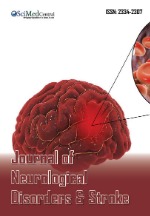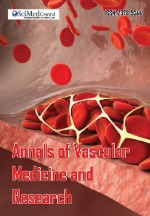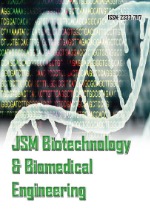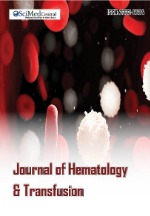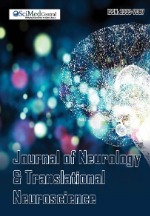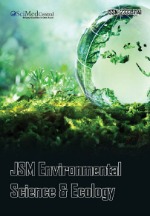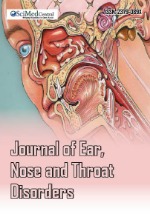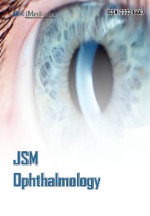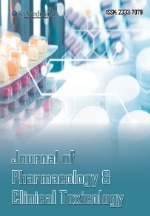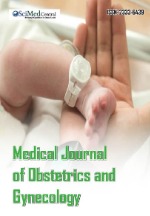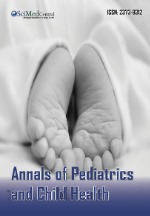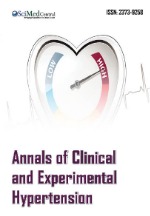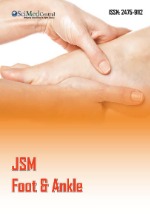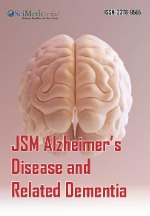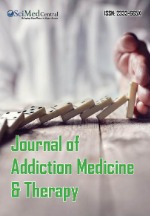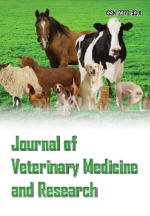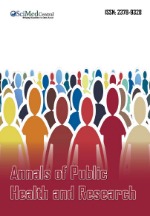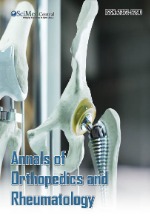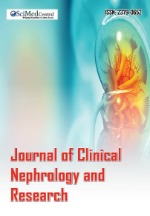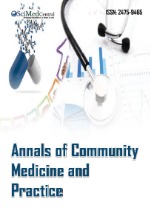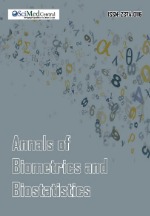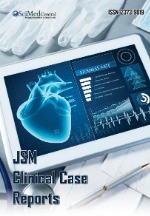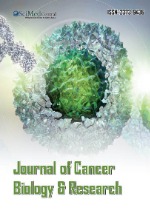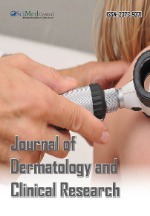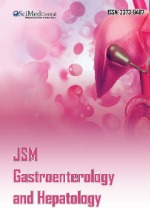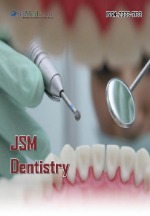A Stainless-Steel Crown as an Airway Foreign Body: A Case Study
- 1. Department of Otolaryngology/Head and Neck Surgery, University of North Carolina School of Medicine, USA
CITATION
Fonseca V, McClain WG, Leeper LK, Zdanski C, Drake AF (2025) A Stainless-Steel Crown as an Airway Foreign Body: A Case Study. Ann Otolaryngol Rhinol 12(1): 1349.
CASE PRESENTATION
A previously healthy 3-year-old male presented to an outside hospital (OSH) emergency department (ED) with a 4-day history of fever, cough, nausea, diarrhea, and post tussive emesis. He had no shortness of breath or increased work of breathing. Immunizations were up to date. Vitals were as follows: pulse 139, temperature 37.2C, respiratory rate 28, and oxygen saturation 97%. Physical exam was notable for lungs that were clear to auscultation bilaterally and skin with no rash. No imaging was obtained. Parents were Spanish speaking and had recently immigrated from Mexico. At this time, the patient was presumed to have an undetermined viral illness and was discharged. Five days after discharge the patient was seen by outpatient family medicine providers with unchanged symptoms who diagnosed him with bronchitis and started a 10-day course of oral Cefdinir and a three-day course of oral prednisolone.
The patient again presented to the OSH ED eight days after discharge. Parents endorsed worsening cough and vomiting, diarrhea, and abdominal pain. Vitals were as follows: pulse 94, temperature 36.7 C, respiratory rate 31, and oxygen saturation 95% on 2L nasal cannula. Chest radiograph demonstrated complete opacification of the left lung with a 7mm square metallic foreign body over the left bronchus (Figure 1).
Figure 1: Plain Film Chest Radiograph with Visible Foreign Body Obtained at Time of Presentation Second Presentation to OSH ED
Patient was intubated and admitted for foreign body removal and respiratory management.
On hospital day 0, the OSH otolaryngology and pediatric pulmonology teams attempted removal of the foreign body via flexible and rigid bronchoscopy. The object was visualized but removal was unsuccessful secondary to tissue adherence and excessive purulent material. The patient was transferred to the pediatric intensive care unit (PICU), placed on ventilator support, and began inhaled steroids every 8 hours.
On hospital day 2 the patient was transferred to the main hospital. At that time, he had completed 48 hours of steroid administration. The pediatric otolaryngology and pediatric pulmonology teams attempted removal of the foreign body via flexible and rigid bronchoscopy but were unable to successfully visualize or remove the object. Dentistry was consulted to assist in surgical planning, as the patient had extensive dental caries and dental records were unavailable. After careful consideration of the patient’s imaging, the dental team hypothesized that the previously unidentified foreign body was a stainless-steel crown.
On hospital day 5, removal of the foreign body was again attempted. The object was visualized but was not successfully removed. The patient started an additional course of steroids and repeat removal was scheduled for one week later. Finally, on hospital day 11, the foreign body was successfully removed via rigid bronchoscopy by the pediatric otolaryngology team (Figures 2 & 3).
Figure 2: CT Angiogram Obtained on Hospital Day Four Following Repeat Bronchoscopy Attempt with Visible Stainless-Steel Crown.
Figure 3: Plain Fill Chest Radiograph Obtained on Hospital Day 11 Immediately Following Foreign Body Removal.
The patient remained admitted for respiratory status management following removal. Serial imaging was obtained throughout the remainder of the patients’ inpatient stay and incremental improvement in respiratory status was observed (Figure 4).
Figure 4: Plain Film Chest Radiograph Following Foreign Body Removal on Hospital Day 15.
On hospital day 18 the patient was discharged with outpatient follow up.
DISCUSSION
Foreign body aspiration remains a significant public health concern and is associated with significant morbidity and mortality in pediatric patients. Children under the age of 5 comprise the majority of nonfatal (73%) and fatal (75%) cases of airway foreign body (AFB) cases [1]. Recent studies have shown an increase in total AFB cases and unchanged mortality rates for patients aged 0-4. These alarming trends warrant further exploration, as all cause infant and pediatric mortality rates continue to remain high in the United States [2].
As exemplified by the patient described in this case study, cases of AFB are challenging to diagnose at the time of initial presentation. Patients often present with no notable physical exam findings [3]. The young age of presenting patients often makes acquisition of contributory history difficult, as was the case for the patient described here [4,5]. However, consideration of some key case features has been shown to be helpful in diagnosis, including age <5, chronic cough, and unilateral reduced breath sounds [4,6,7]. The role of imaging is complicated as radiographic evidence of AFB is of great value in making a diagnosis, but various imaging modalities have not been shown to consistently show evidence of AFBs [5,8]. Flexible bronchoscopy is the gold standard for diagnosis of AFB. [9] The gold standard for treatment of AFB is rigid bronchoscopy, though some studies have shown that flexible bronchoscopy is a promising alternative [10]. Both flexible and rigid bronchoscopy were utilized during AFB removal attempts for this patient, and the AFB was ultimately removed via rigid bronchoscopy.
Around the world, nuts and seeds are most common AFB [11]. However, there is variation in foreign body type by region. For example, plastic and metal objects are most common in Brazil. The underlying causes of these regional variations remain debated, but are likely related to varied cultural practices, dietary habits, and environmental differences. For example, the patient described in this case study aspirated a metal dental crown. Follow-up history obtained from the patient’s parents revealed he had a recent metal crown placement in Mexico. However, this event was not noted until several days after presentation because the hospital was not in possession of the patient’s dental records. This case, and the literature, exemplifies the importance of keeping differential diagnoses broad when considering patients with evidence of AFB.
The role of race, ethnicity, and language in AFB cases warrants further discussion. Chang et al showed that Black children with AFB have a higher mortality rate than all other racial groups in a retrospective study of over 300,000 cases of foreign body aspiration from 2005-2016 [1]. Patients from non-English speaking households are more likely to present with AFB than their English speaking constituents [13]. Indeed, the patient described in this case study spoke only Spanish and a translator was used for the majority of the care he received. The language barrier, in addition to lack of familiarity with the U.S. healthcare system as a result of the family’s recent immigration, likely resulted in difficulty in information exchange between providers and the patient’s family.
Prevention of AFB remains challenging but is of utmost importance given the significant clinical sequelae, potential long term health effects, and risk of death [1,4]. Numerous large scale measures have been undertaken to improve public knowledge of AFB [14]. Despite these efforts, studies have shown that public knowledge of prevention strategies and parental adherence to guidelines remains low, particularly in at-risk groups [12,13]. Given these trends, it is paramount that efforts to improve availability of accessible and easily implementable parental education continue [15].
REFERENCES
- Chang DT, Abdo K, Bhatt JM, Huoh KC, Pham NS, Ahuja GS. Persistence of choking injuries in children. Int J Pediatr Otorhinolaryngol. 2021; 144: 110685.
- Khan SQ, Berrington de Gonzalez A, Best AF, Yingxi C, Haozous EA, Rodriquez EJ, et al. Infant and Youth Mortality Trends by Race/ Ethnicity and Cause of Death in the United States. JAMA Pediatr. 2018; 172: e183317.
- Boufersaoui A, Smati L, Benhalla KN, Boukari R, Smail S, Anik K, et al. Foreign body aspiration in children: experience from 2624 patients. Int J Pediatr Otorhinolaryngol. 2013; 77: 1683-1688.
- Saquib Mallick M, Rauf Khan A, Al-Bassam A. Late presentation of tracheobronchial foreign body aspiration in children. J Trop Pediatr. 2005; 51: 145-148.
- Lowe E, Soylu E, Deekonda P, Gajaweera H, Ioannidis D, Walker W, et al. Principal diagnostic features of paediatric foreign body aspiration. Int J Pediatr Otorhinolaryngol. 2024; 177: 111846.
- Powers KF, Reese AD, Carr MM. Pediatric Bronchoscopy for Airway Foreign Bodies in the ACS NSQIP-P: Morbidity and Mortality 2014- 2019. Laryngoscope. 2023; 133: 689-693.
- Torsello M, Sicuranza L, Meucci D, Salvati A, Tropiano ML, Santarsiero S, et al. Foreign body aspiration in children: our pediatric tertiary care experience. Pediatr Surg Int. 2024; 40: 93.
- Wang ML, Png LH, Ma J, Lin K, Mei-Hua S, Yi-Jun C, et al. The Role of CT scan in Pediatric Airway Foreign Bodies. Int J Gen Med. 2023; 16: 547-555.
- Louhaichi S, Boubaker N, Hamdi B, Nemsi E, Ouerghi S, Mestiri T, et al. Removal of airway foreign body using flexible bronchoscopy in children. Arch Pediatr. 2024; 31: 264-269.
- Rodrigues AJ, Scussiatto EA, Jacomelli M, Scordamaglio PR, Gregório MG, Mejía Palomino AL, et al. Bronchoscopic techniques for removal of foreign bodies in children’s airways. Pediatr Pulmonol. 2012; 47: 59-62.
- Parvar SY, Sarasyabi MS, Moslehi MA, Priftis KN, Cutrera R, Chen M, et al. The characteristics of foreign bodies aspirated by children across different continents: A comparative review. Pediatr Pulmonol. 2023; 58: 408-424.
- Committee on Injury V and Poison Prevention. Prevention of Choking Among Children. Pediatrics. 2010; 125: 601-607.
- Choroomi S, Curotta J. Foreign body aspiration and language spoken at home: 10-year review. J Laryngol Otol. 2011; 125: 719-723.
- Treble A, Siu JM, Madan Y, Breton S, Chiang J, Papsin BC, et al. The Ingestion Question: Public Knowledge of Safe Food Introduction in Children. Laryngoscope. Published online. 2025; 135: 445-451.
- Paap MK, Leuin S, Carvalho D. Pediatric Foreign Body Aspiration: Time of Occurrence and Factors Affecting Outcomes. Pediatr Emerg Care. 2022; 38: e958-e960.






